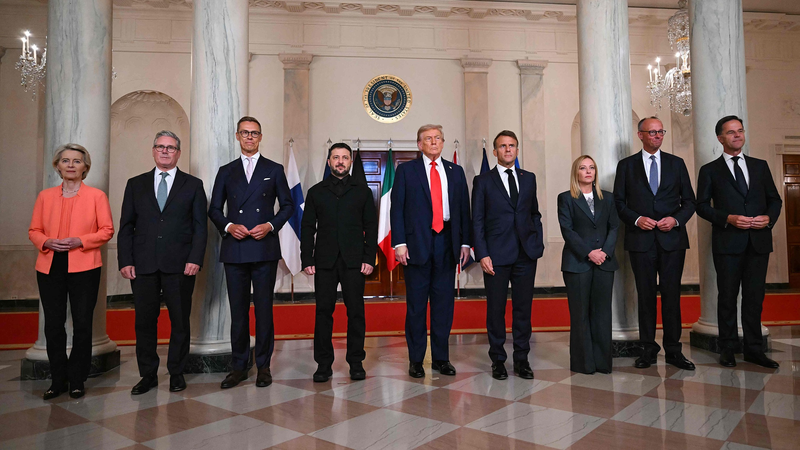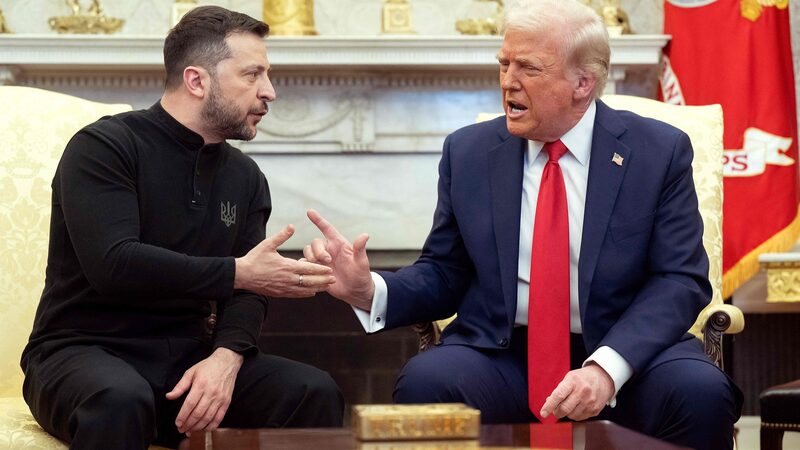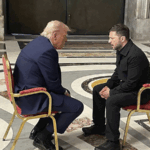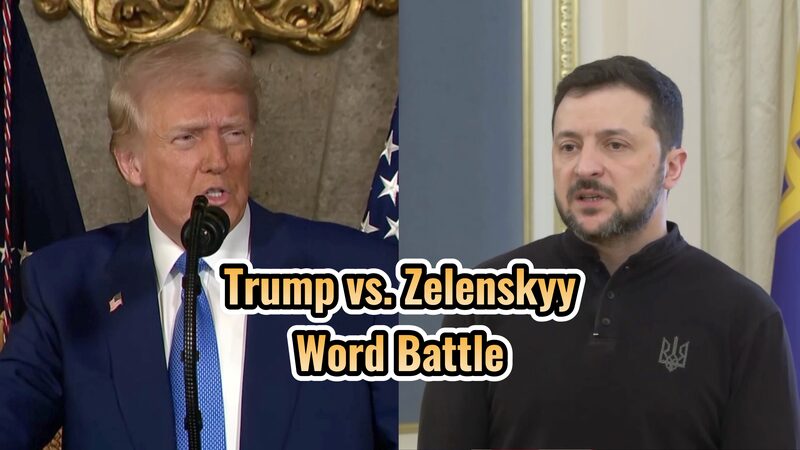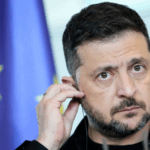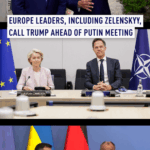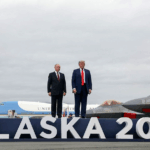This week’s high-stakes White House meeting between U.S. President Donald Trump, Ukrainian leader Volodymyr Zelenskyy, and European officials left global watchers asking: Is peace any closer? While no major deal emerged, analysts say the talks revealed shifting dynamics in the 3-year conflict. Here’s the tea. ☕
What’s Changed?
Experts like Liaoning University’s Cui Zheng note four key shifts: The U.S. pledged security guarantees for Ukraine, Russia softened its stance on direct talks with Zelenskyy, and Europe flexed its diplomatic muscle to avoid being sidelined. But Moscow’s continued attacks during negotiations—killing 10+ Ukrainians—show it’s still playing hardball. 💥
Territory Tensions
The elephant in the room? Land swaps. Russia controls chunks of eastern Ukraine and wants to trade less strategic areas for full control of regions like Luhansk. “This would devastate Ukraine’s sovereignty,” says Cui. Zelenskyy previously called territorial concessions a “red line,” but Zhao Huirong of the Chinese Academy of Social Sciences observes a subtle shift: Kyiv now says territory could be discussed—but only at a presidential summit.
Europe’s Balancing Act
With energy crises and refugee pressures mounting, Europe is desperate to avoid a U.S.-Russia deal that sacrifices Ukraine. Their presence at the talks, says Cui, was a bid to “take control of their destiny” and counter Washington’s dominance. But Trump’s focus on making Europe foot security bills leaves the bloc walking a tightrope. 🤹
What’s Next?
Both experts agree: Don’t expect peace soon. Battles will likely intensify as diplomatic talks continue. “Bridging fundamental disagreements requires multiple rounds of dialogue,” Zhao stresses. While short-term ceasefires are possible, a lasting truce remains elusive. For now, the world watches as leaders navigate this geopolitical maze. 🧩
Reference(s):
Q&A: Why Ukraine talks fell short of a breakthrough, but still matter
cgtn.com
